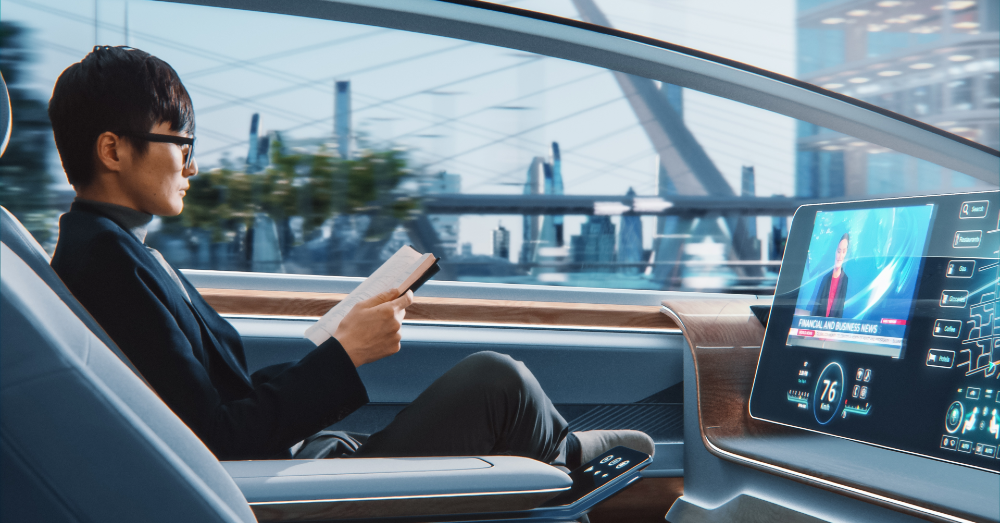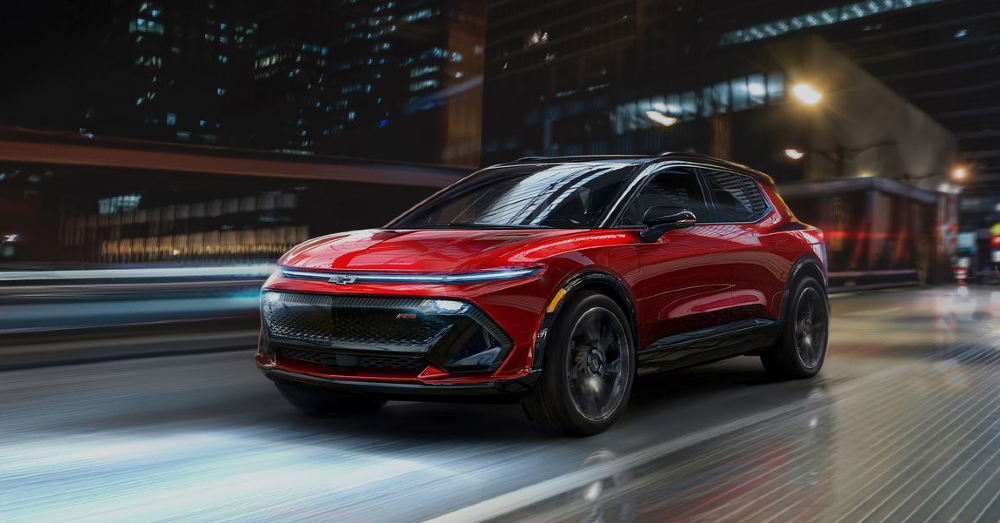Will fully self-driving cars ever become a reality? We are much closer than we were ten years ago, but we still have a long way to go.
Automakers have dumped billions of dollars into the research and development of self-driving cars. Many purchased ride-share companies to test this technology while employing human drivers to sit in the seat and take over if necessary. Although some companies feel they are close to the solution, others are a bit more realistic and understand the continued learning curve of this new adventure.
How long have automakers been researching self-driving cars?
A primitive self-driving vehicle was created in 2007 by a team from Carnegie Mellon University. The team built a self-driving Chevrolet Tahoe which caught the attention of one o the Google co-founders, which helped Google launch its self-driving car program. It wasn’t long before other companies began to do the same. The race was on, and every automaker in the running wanted to be the first to hit the market with self-driving vehicles.
Here we are, 16 years later, and we still don’t have vehicles that can entirely drive themselves around town. Why is this taking so long?
A software saying applies to this problem
The software world faces what’s known as the 90-90 Rule. This rule state that once 90% of the work is done, you have 90% of that work to go. This is a hint at what it takes to enter into new worlds with new technology or to do things differently. No matter how many potential scenarios an automaker puts into the mix, there’s always going to be something that wasn’t accounted for. This is why we still have human drivers behind Waymo vans and Cruise vehicles, but these companies are losing money while using self-driving technology, which might mean the end of the research.
The research has given us some useful technology
The goal to build fully self-driving cars is still on the board at most automotive companies, but we’ve gained several of our new safety systems through this research and development. Today, we have items including blind-spot monitoring, lane centering, automatic emergency braking, adaptive cruise control with stop-and-go, lane-keep assist, and collision warning and braking as part of most new vehicles. Many of these systems are the product of the research going into cars that can drive without a human driver.
Millions of miles have been driven with no true resolution in sight
Companies investing in these new autonomous vehicles have tested them for millions of miles, attempting to work out all of the kinks in the system. In some cases, they seem to be pretty close to the goal; in others, it’s a long way off. Cruise operates ride-hailing services in San Francisco, one of the toughest cities to drive in, and their human drivers only need to intervene about one percent of the time. Still, that one percent is enough to create doubt in the system and in these new vehicles.
Will drivers ever give up driving?
Public perception of what a fully self-driving vehicle can do makes it a hard sell. Most people who drive regularly don’t want to give up the act of driving, and we can’t blame them. These autonomous vehicles, even those employing AI technology, are still limited by programming. This means the sensors and tools on the vehicle can only gather a set amount of data and react to changing situations. Unfortunately, some people have experienced how slowly these robotic drivers react, which is not as quickly as humans. As human drivers, we’re taught to drive defensively and anticipate the possibility of certain actions of other drivers.
What would a fully self-driving car look like?
The exterior of a self-driving vehicle might be extremely similar to most modern cars. Current test vehicles have large sensor systems on top, but these items would need to be integrated into the vehicle if we’re to take autonomous technology seriously.
The greatest change for these vehicles will be found in the cabin. The driver’s area can change to a more relaxed position, and you won’t see a steering wheel or pedals. Some envision the cabin offering a screen where the passengers enter their destination, and the car takes them there. It’s possible some of the seats could even swivel around, and a small table could be part of the mix to make the cabin more of a social space during travel.
One accident can ruin it all
Public perception will likely continue to delay the use and adoption of fully self-driving vehicles on any public roadways. Many people don’t trust them, and once there’s an accident in a car without a human driver, it will become major media headline news. In addition to a single accident becoming a serious detriment to these autonomous vehicles on the roadways, lawmakers will likely slow things down with regulations and strict guidelines.
Can self-driving cars actually fit into our automotive landscape?
How can we get from where we are now to a world in which we can trust self-driving cars? Most of us can’t see that world except in the classic Jetsons cartoon, but in those cartoons, the cars fly in the air. On today’s roadways, you’re as likely to encounter a restored classic on its way to an auto show as a modern EV fresh off the line. We see trucks in all forms of disrepair, family vehicles that are well-kept, and vehicles of all shapes and sizes.
In order to truly create a world where fully self-driving cars are trusted, useful, and practical, every road would need sensors, every car would be self-driving, and the entire system would communicate through the road and the cars. This doesn’t seem like a feasible or practical option at all.
It’s unlikely we’ll see fully self-driving cars as part of our public roadways anytime soon. Any parents that have preteens and wonder if their child will need a license when they reach driving age; they will. The development of autonomous vehicles has given us some amazing safety tech, but we’re still a long way from removing the steering wheel and pedals from the vehicles we use for our daily transportation.
This post may contain affiliate links. Meaning a commission is given should you decide to make a purchase through these links, at no cost to you. All products shown are researched and tested to give an accurate review for you.




